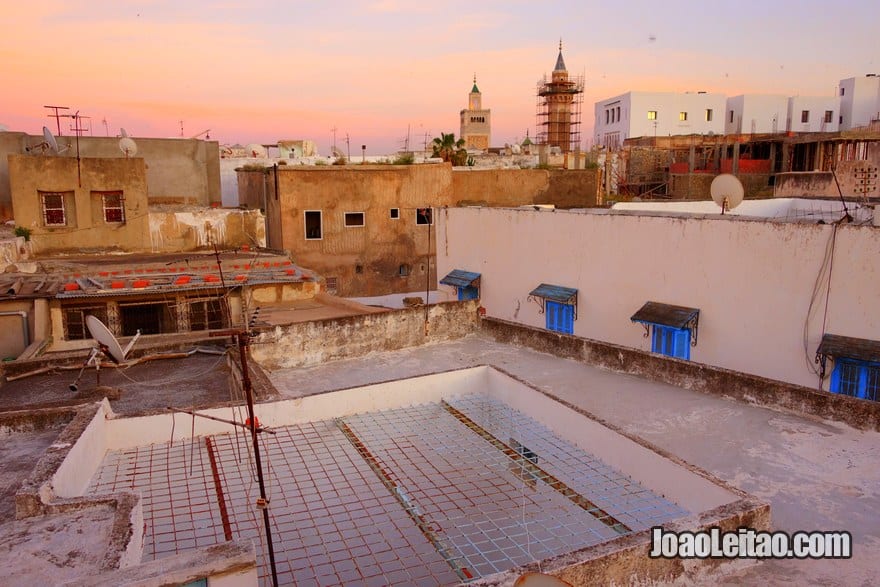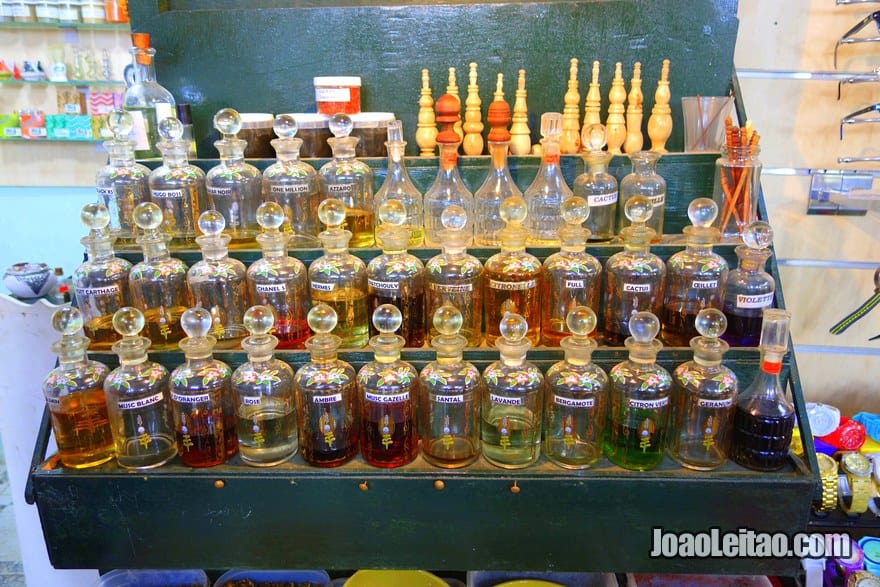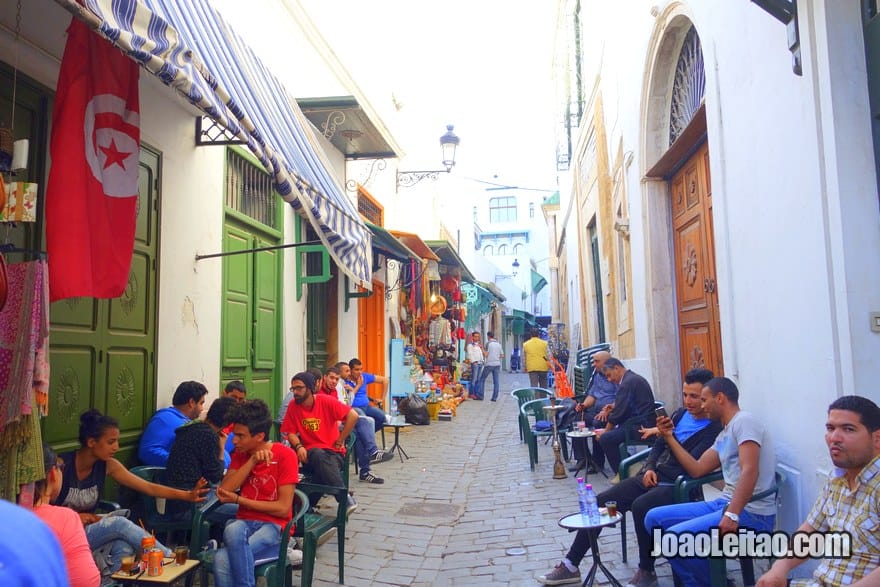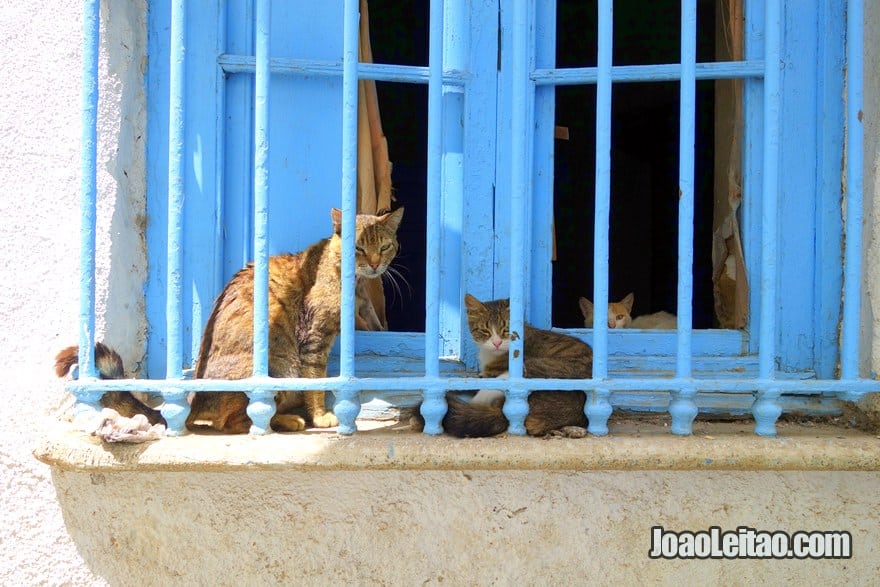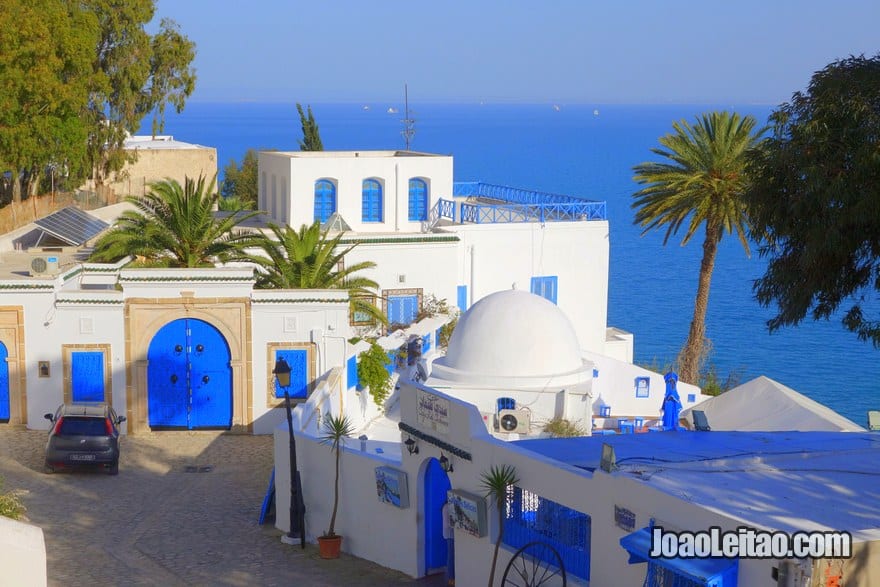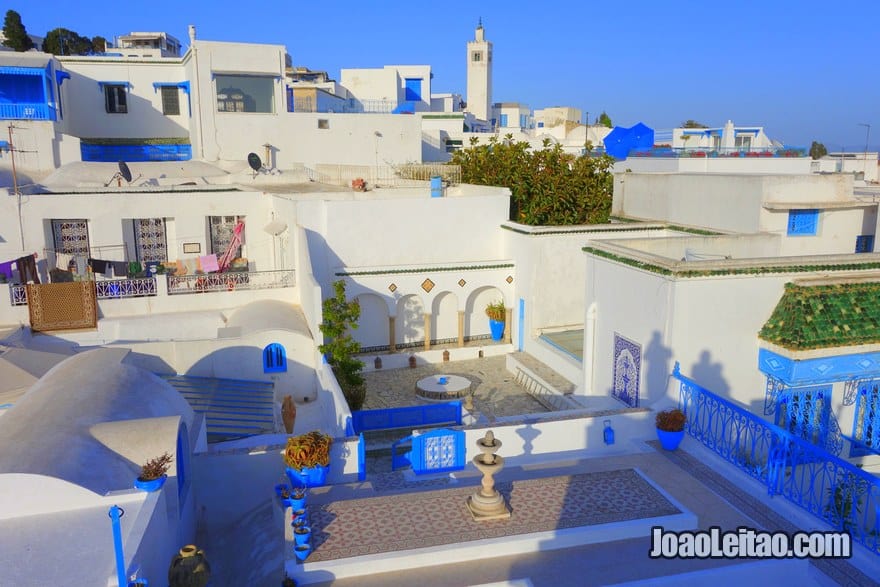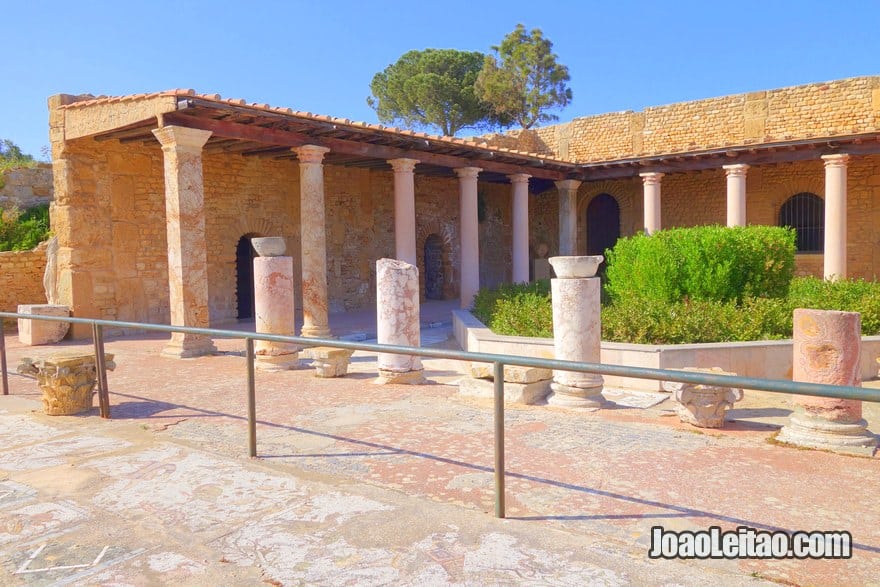Table of Contents
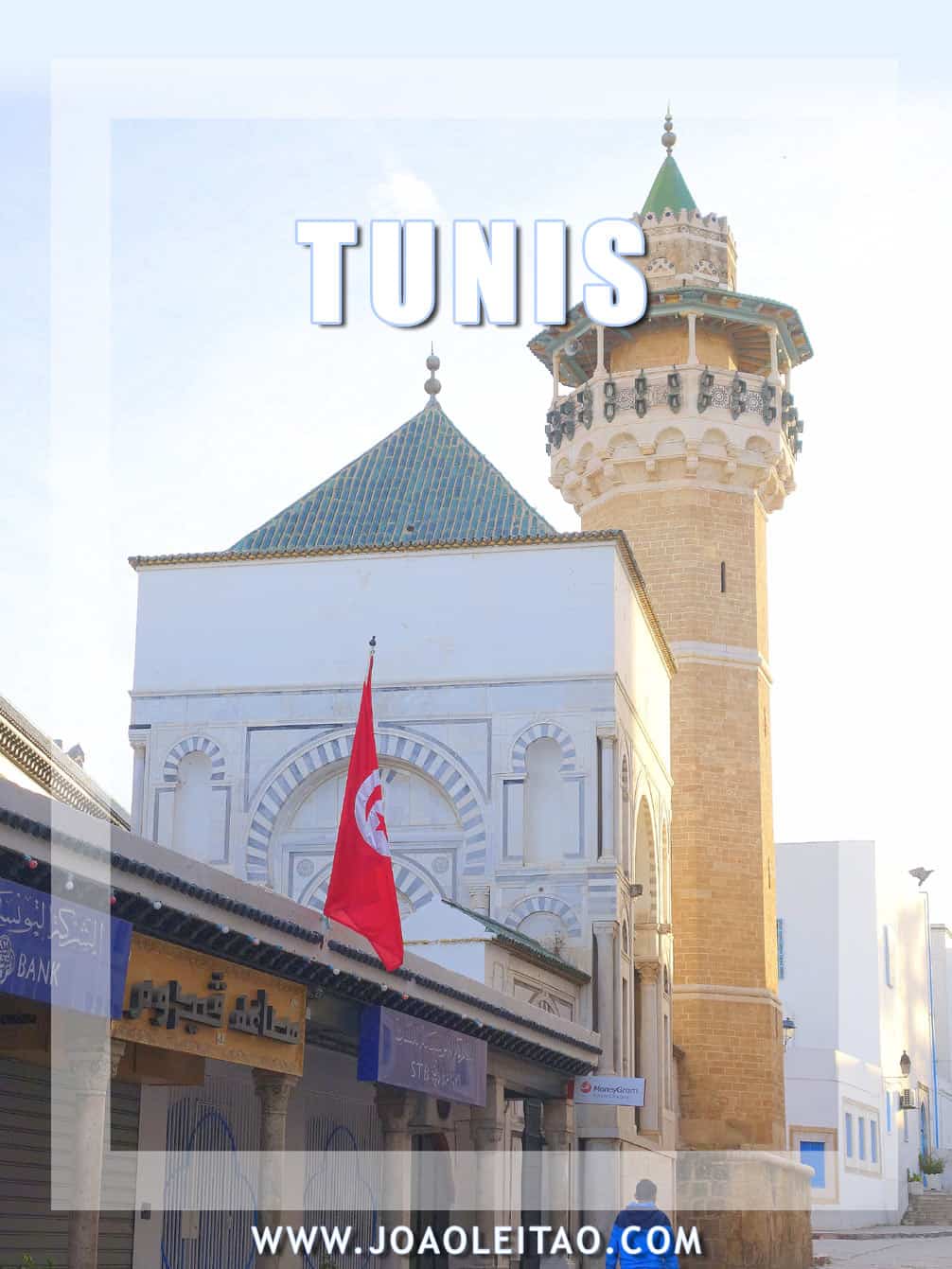
Tunis is the capital of Tunisia, located in the northeast of the country, in the Gulf of Tunis. The Medina, the city’s historic center inside the walls, is a maze of narrow streets, full of shops and with a bustling energy every day of the week.
You can’t visit Tunisia without spending some time in Tunis. If you don’t include this city in your itinerary, you’ll be missing out on a must-visit destination.
On this page, I share with you a practical city guide with the best places to visit in Tunis. Some of the cultural must-see sites include the Medina (one of the UNESCO Sites in Tunisia), the Bardo National Museum (with the largest Roman mosaic collection in the world), the famous Ruins of Ancient Carthage, the Al-Zaytuna Mosque (the oldest in Tunis), the Cathedral of Saint Vincent de Paul (a massive Catholic church in the heart of a Muslim country), and Avenue Habib Bourguiba (the main avenue in the city).
Quick travel tips to visit Tunis:
- Wake up early to be the first in monuments, museums, or other attractions;
- Keep in mind that the famous Ruins of Ancient Carthage are scattered throughout different locations. Get a map to see where the most important sites are;
- Go up to the rooftop of your hotel or hostel for some great views of the medina;
- The Medina of Tunis is very authentic and worth a thorough visit;
- Take a day trip to Sidi Bou Said, 20 km from Tunis on the Mediterranean coast;
- Like in many other medinas, there are lots of cats in Tunis. Just like in Marrakech and Essaouira, here you’ll find lots of friendly cats ready to welcome curious tourists;
- In the Medina of Tunis, you’ll find many establishments where you can drink tea and smoke shisha. Here, you can quietly observe how Tunisians spend their time socializing with each other;
- If you’re an enthusiast of exotic perfumes and fragrances, Tunis has several stores that specialize in Arabic perfumes at reasonable prices. All over the old medina, you’ll see many stalls selling those authentic Arabic perfumes;
- Sunsets are always beautiful wherever you are in the world. However, the sunset in Tunis, whether it’s at the old medina or the Carthage ruins, is definitely unique and unforgettable;
- The best time to visit Tunis is in the spring, between March and June, and in the fall, in September and October.
What to visit in Tunis
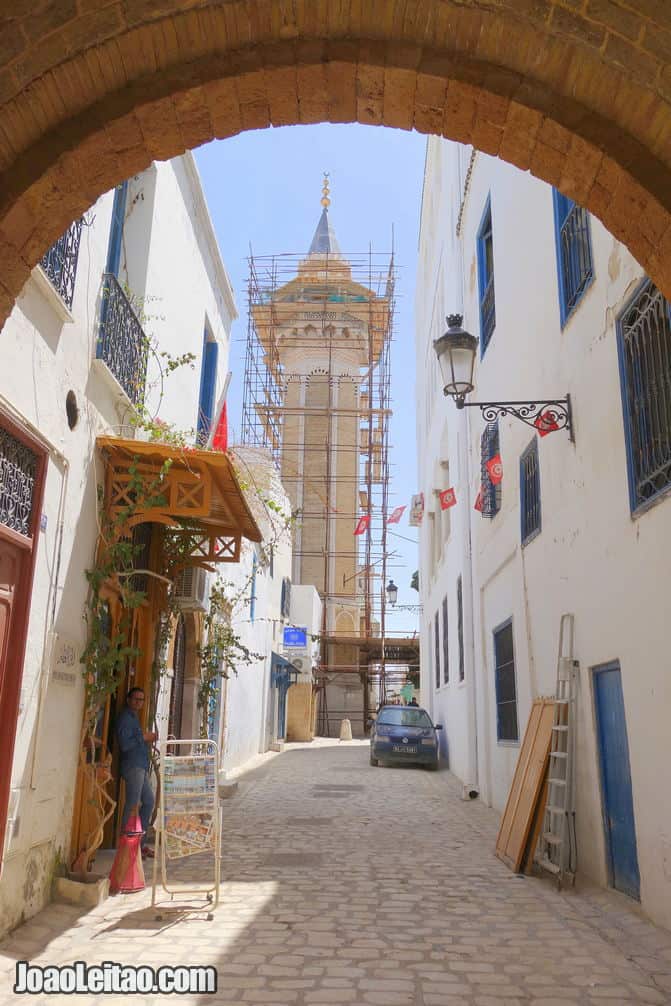
Most famous sites:
- Hammouda Pacha Mosque
- Bardo National Museum
- Medina of Tunis
- Al-Zaytuna Mosque
- Carthage National Museum
- Cathedral of Saint Vincent de Paul
- Bab el Bahr Gate
- Sidi Bou Said
- Place du Gouvernement
- Youssef Dey Mosque
- 18th-century Tunisian Palaces
- Central Market
- Souvenir and crafts shops
- Avenue Habib-Bourguiba
- Municipal Theater of Tunis
- Sadiki College
- Saint-Louis Cathedral in Carthage
Map of Attractions
Tunis City Guide
Hammouda Pacha Mosque
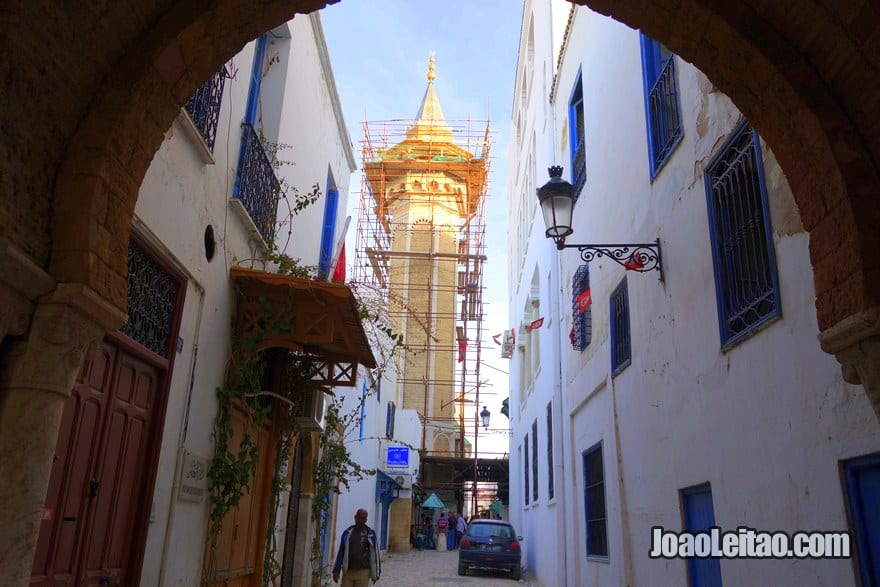
Hammouda Pacha Mosque was built in 1655 and is distinguishable because of its octagonal minaret. Built in 17th-century Ottoman style, the marble door and distinctive green roof contrast with the Venetian-style rich decor of flowers and marble in several colors.
Medina of Tunis
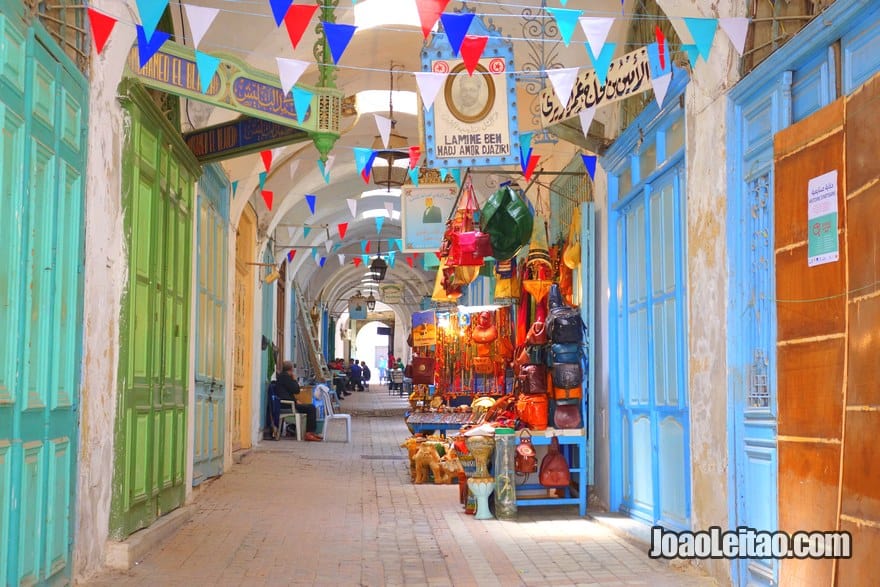
I have to admit that Tunis surprised me. You can see a bit of the Mediterranean joy in the colors of the city’s medina. Full of personality, the old Medina of Tunis is an excellent place to spend time exploring the gorgeous maze-like streets and the souvenir shops. Between the 12th and 16th centuries, Tunis was one of the wealthiest cities in the world. The over 700 monuments, palaces, mosques, mausoleums, and fountains are a sign of the city’s prosperous past and of the mix of Andalusian, Hafsid, and Ottoman influences. The Medina of Tunis began to build around the Al-Zaytuna Mosque in the 7th century, today the center of the Medina. The city was vital in the Muslim universe until the 16th century.
Al-Zaytuna Mosque
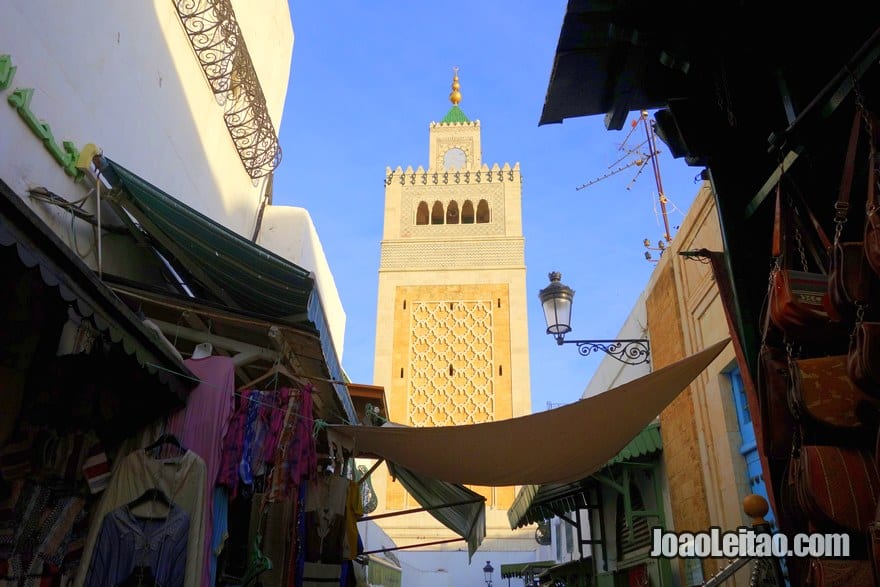
Al-Zaytuna Mosque is the main mosque in the old Medina of Tunis and also the oldest mosque in the city. The mosque has nine entrances and 184 old columns brought from the Archaeological Site of Carthage. According to legend, there was another place of prayer and a millenarian olive tree on this location, hence the name Zaytuna, olive in Arabic.
Cathedral of Saint Vincent de Paul
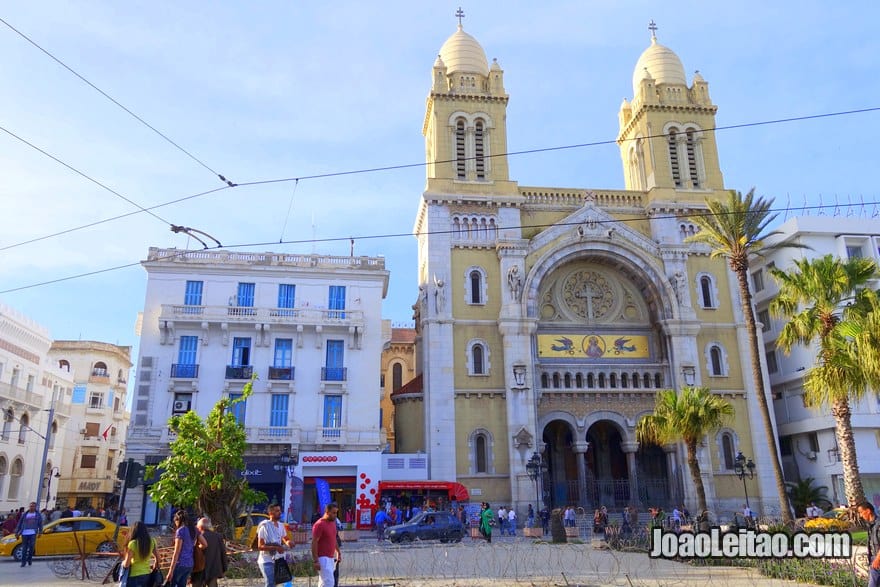
The Cathedral of Saint Vincent de Paul is the largest Roman Catholic cathedral in Tunis. The beautiful façade of this building stands out in Avenue Habib-Bourguiba. Construction began in 1893 and it was inaugurated on Christmas in 1897.
Bab el Bhar Gate
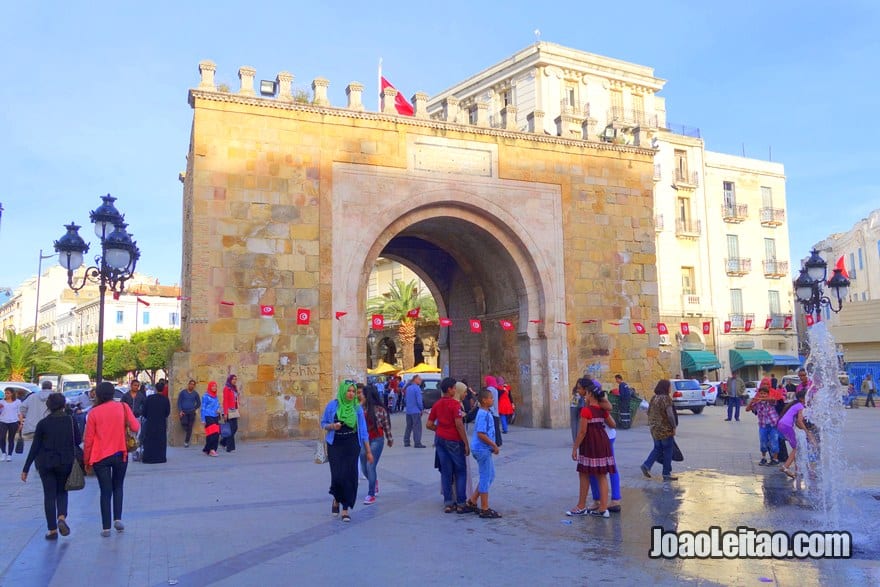
The massive Bab el Bahr Gate, at Victory Square, is one of the main monuments in Tunis. The Victory Square marks the separation between the new part of the city and the old part of the city, the medina.
Sidi Bou Said
Sidi Bou Said is 20 km from Tunis on the Mediterranean coast. The town has always been linked to the arts since the early 13th century when Abu Said el Baji, an influential Sufi professor, moved here. Since then, the town has attracted many foreign and Tunisian artists. It’s, in fact, an extraordinary place because it’s located on a high point with all houses on the hillside near the sea.
It’s a charming scenery with the Andalusian and Arabic style houses with white walls and contrasting blue doors and windows, lining narrow streets and staircases. When walking this maze, visit the Palace Dar el-Annabi. The former house of a wealthy merchant in the 17th century is now an ethnographic museum depicting the daily lives of the town people.
Place du Gouvernement
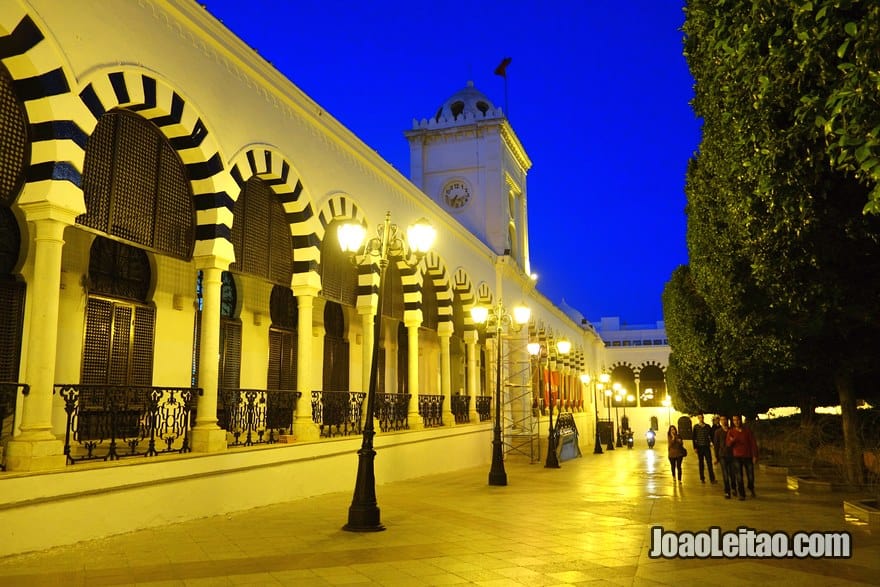
Some of the important Tunisian government buildings are located in Place du Gouvernement, opposite the Bab el Bahr Gate.
Youssef Dey Mosque
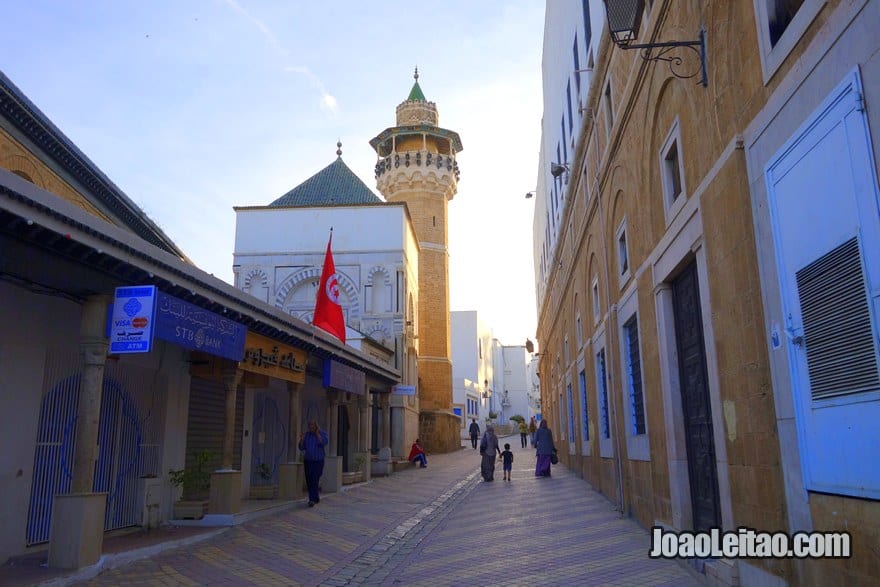
Built in 1612 by Youssef Dey, this mosque is one of the prettiest monuments in the city. The Youssef Dey Mosque is located in the Kasbah district, near the Government Palace also known as Dar El Bey. You can’t miss this place when visiting the medina.
18th-century Tunisian Palaces
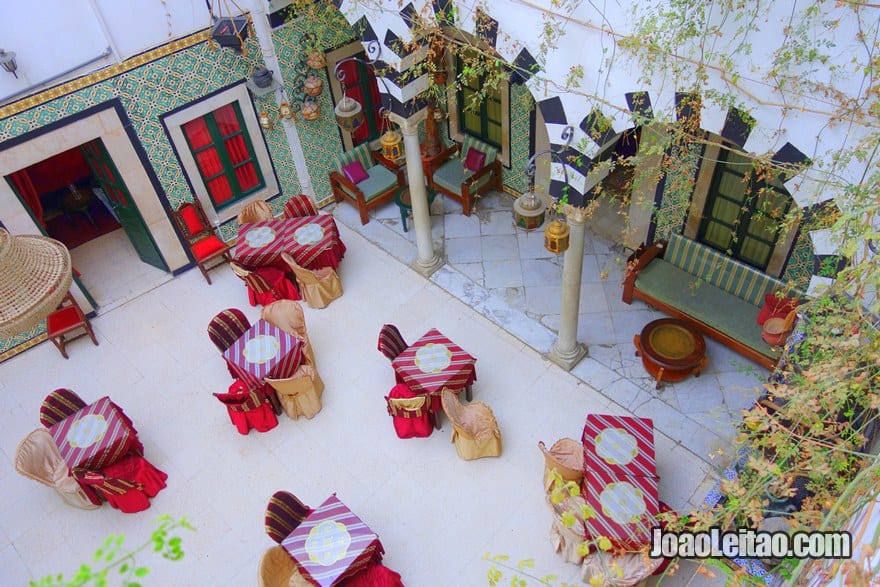
There are a lot of palaces in the Medina of Tunis. I had the chance to stay at Dar El Medina Hostel at Sidi Ben Arous street. It was an amazing experience to sleep in an authentic 18th-century Tunisian palace in the heart of the old city.
Central Market
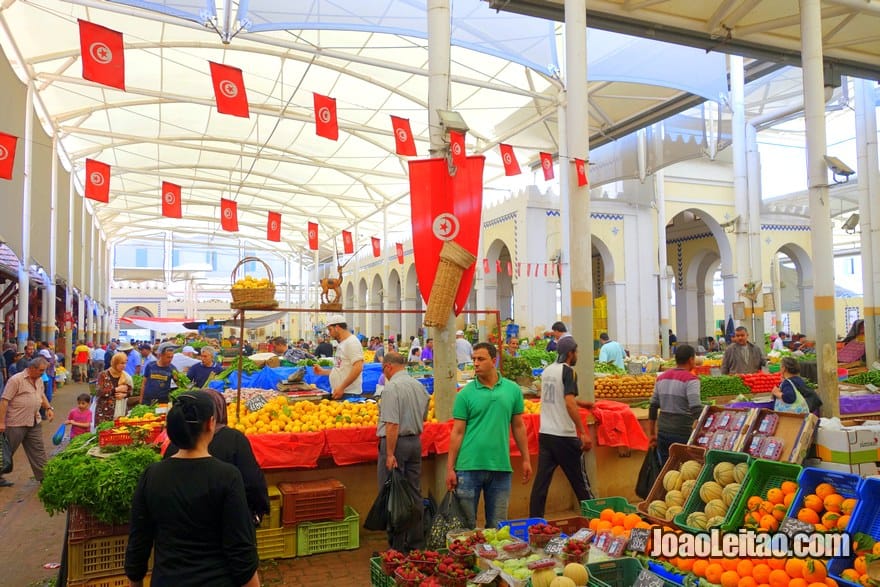
If you enjoy markets, shopping, or putting together a picnic, the city’s colorful municipal market is the perfect place for you. I shopped at the Tunis Central Market for breakfast and for supplies to make sandwiches for the rest of the day. Tunisians are very friendly and kept giving me pickles, olives, fruit, and cheese to taste.
Souvenir and crafts shops
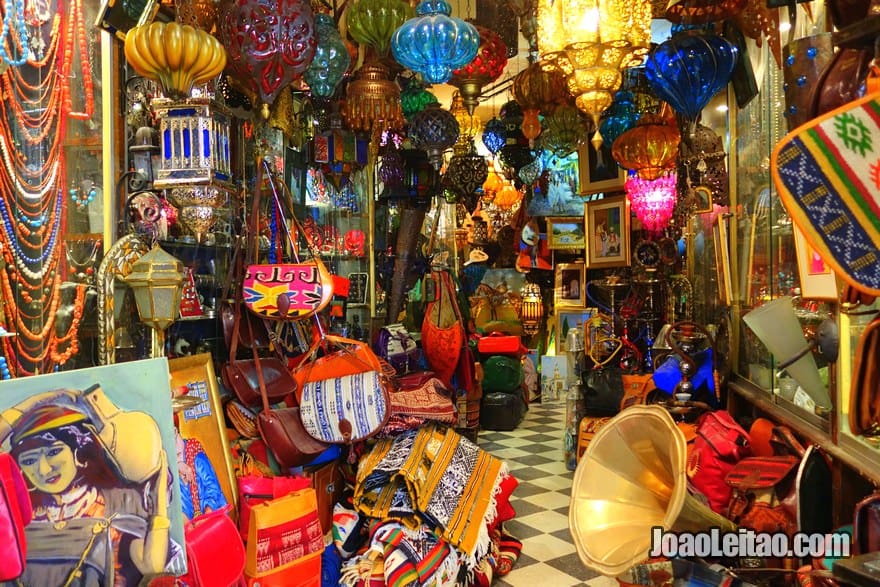
Just like in all the Arabic, Turkish, and Persian medinas, Tunis has hundreds of crafts, antiques, carpets, and souvenir shops. If you like shopping for souvenirs, Tunis is a fantastic vacation destination.
Avenue Habib-Bourguiba
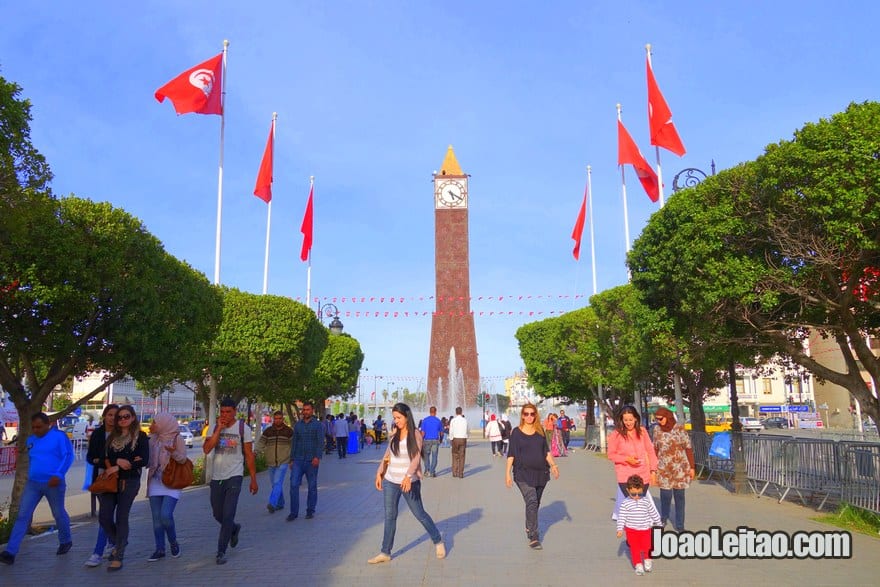
Avenue Habib-Bourguiba is the main avenue in the city of Tunis and the background for many of the country’s historical political moments.
Municipal Theater of Tunis
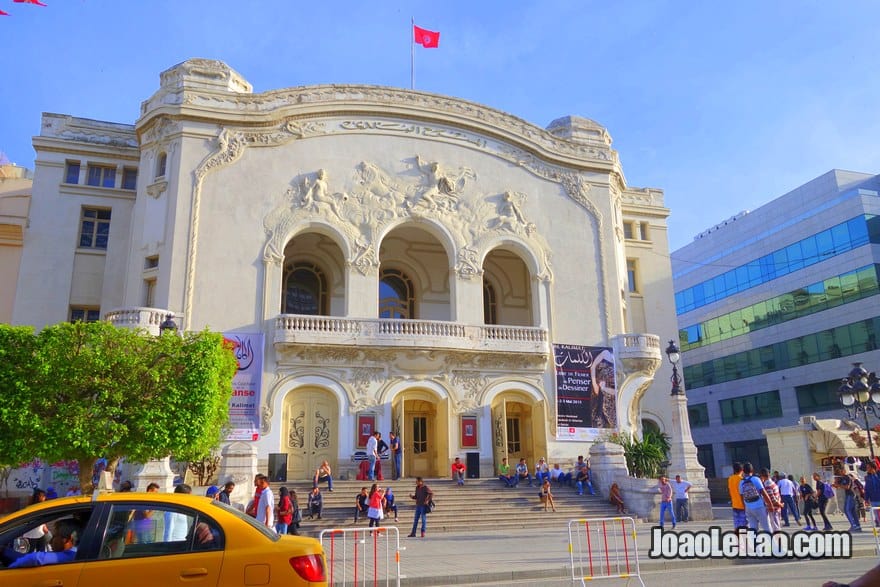
The Municipal Theater of Tunis was inaugurated in November 1902 and is currently the venue for operas, ballets, symphonic concerts, and theater plays by Tunisian and foreign actors.
Sadiki College
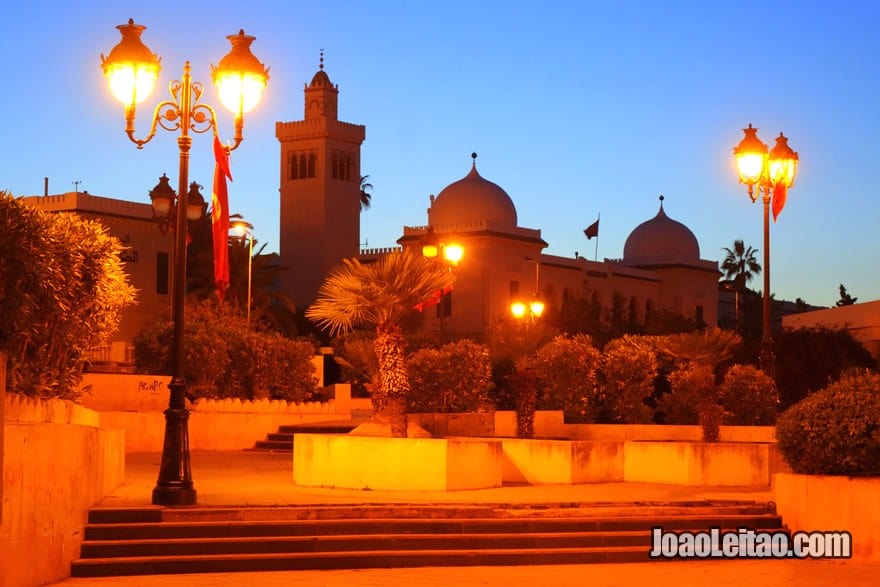
The Sadiki College is the first modern school of Tunisia. Located near Government Square, this building has a very peculiar architecture.
Saint-Louis Cathedral in Carthage
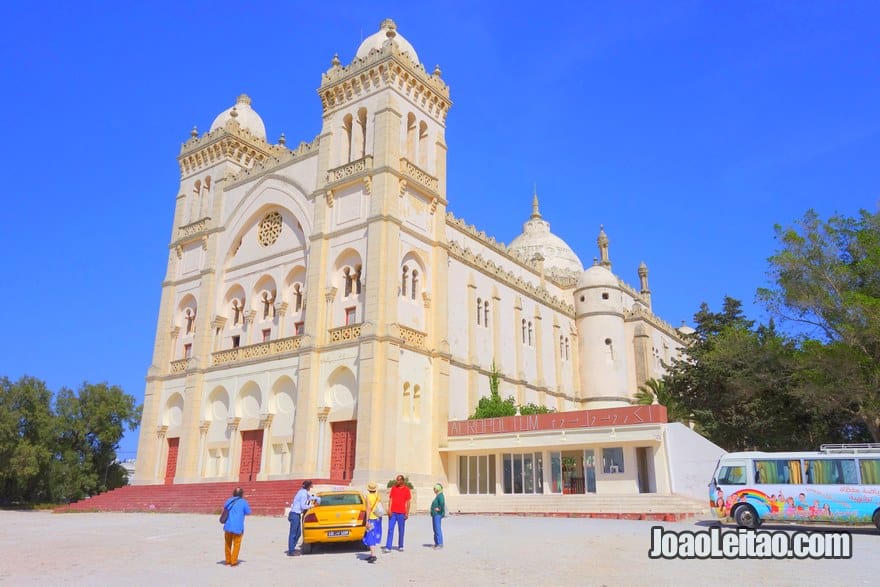
The Saint-Louis Cathedral in Carthage is no longer a place of worship but a cultural center for conferences, exhibitions, and concerts. The name was changed to Acropolium in 1993 and it became part of the Carthage National Museum complex.
Museums in Tunis
Bardo National Museum
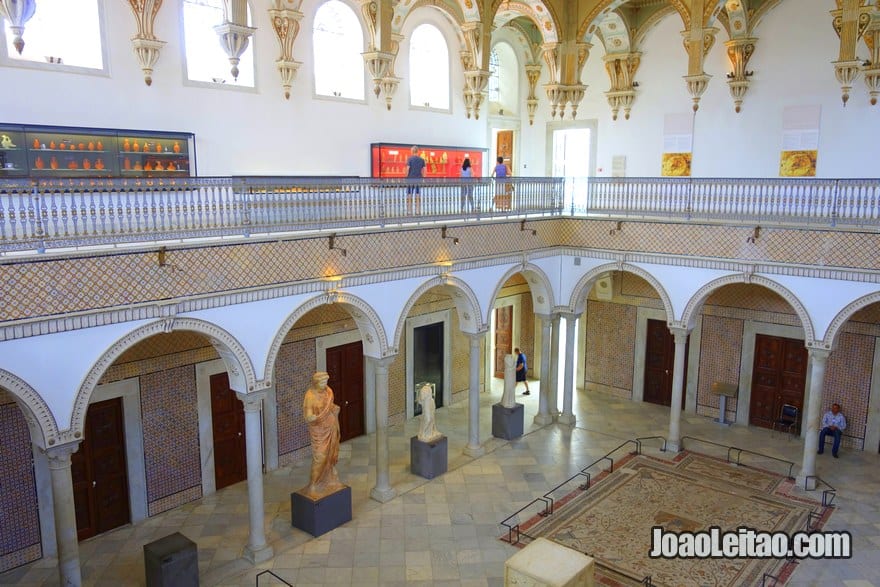
The Bardo National Museum was inaugurated on 7 May 1888 as the Alaoui Museum. After the independence of Tunisia, it was renamed as Bardo Museum. It was the first museum in Tunisia and the only one for centuries. It was recently improved and renovated, and a new wing was added. You can now visit a modern museum showcasing ancient pieces. The museum tells the history of Tunisia throughout several centuries and showing the different civilizations that lived here. The historical value of this place is priceless. The collection includes archaeological, historical, and ethnographic pieces. One of the best collections in the museum is the Roman mosaics brought from the archaeological sites of Carthage, Hadrumetum, Dougga (also spelled as Thugga) and Utica.
Carthage National Museum
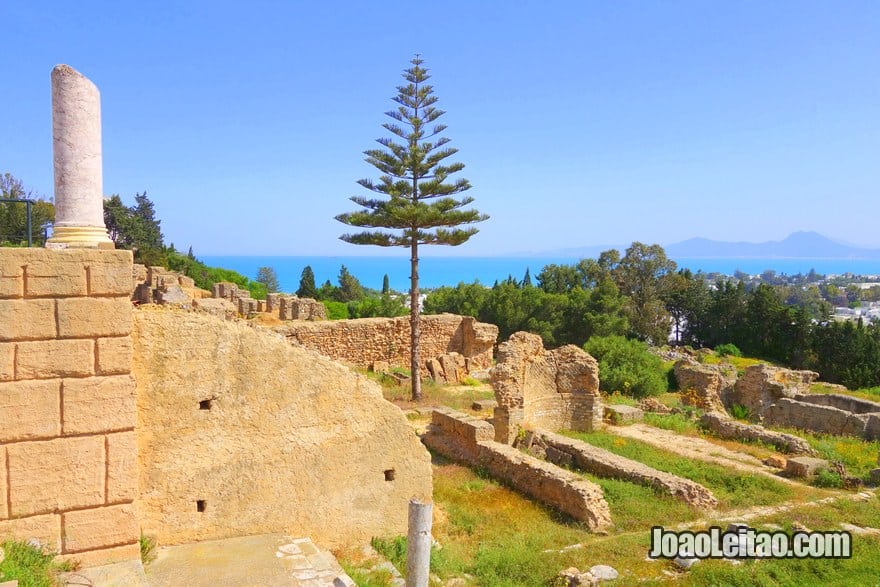
Carthage is an archaeological complex in the outskirts of Tunis. It was founded by the Phoenicians but had its peak during the Roman Empire. Carthage was the second most important city in the Mediterranean after Rome. The traces of civilizations before the Romans are practically gone because the city was destroyed during the Punic Wars. Some of the main ruins you can visit today include the Baths of Antoninus, the amphitheater, the Tophet, the water tanks and the Roman villas.
Archaeological Site of Carthage UNESCO
The pieces found in excavations in Carthage are at the Bardo Museum. Carthage was one of the most important cities between the 5th and the 3rd centuries BC. Carthage and Rome fought for the control of the Mediterranean Sea, but in 146 BC the Romans finally conquered Carthage and destroyed a large part of the city.
The Romans rebuilt the city and the ruins you can visit today are from that period. The whole complex is like a History book and few places in the world can teach us so much about Roman civilization like this one.

